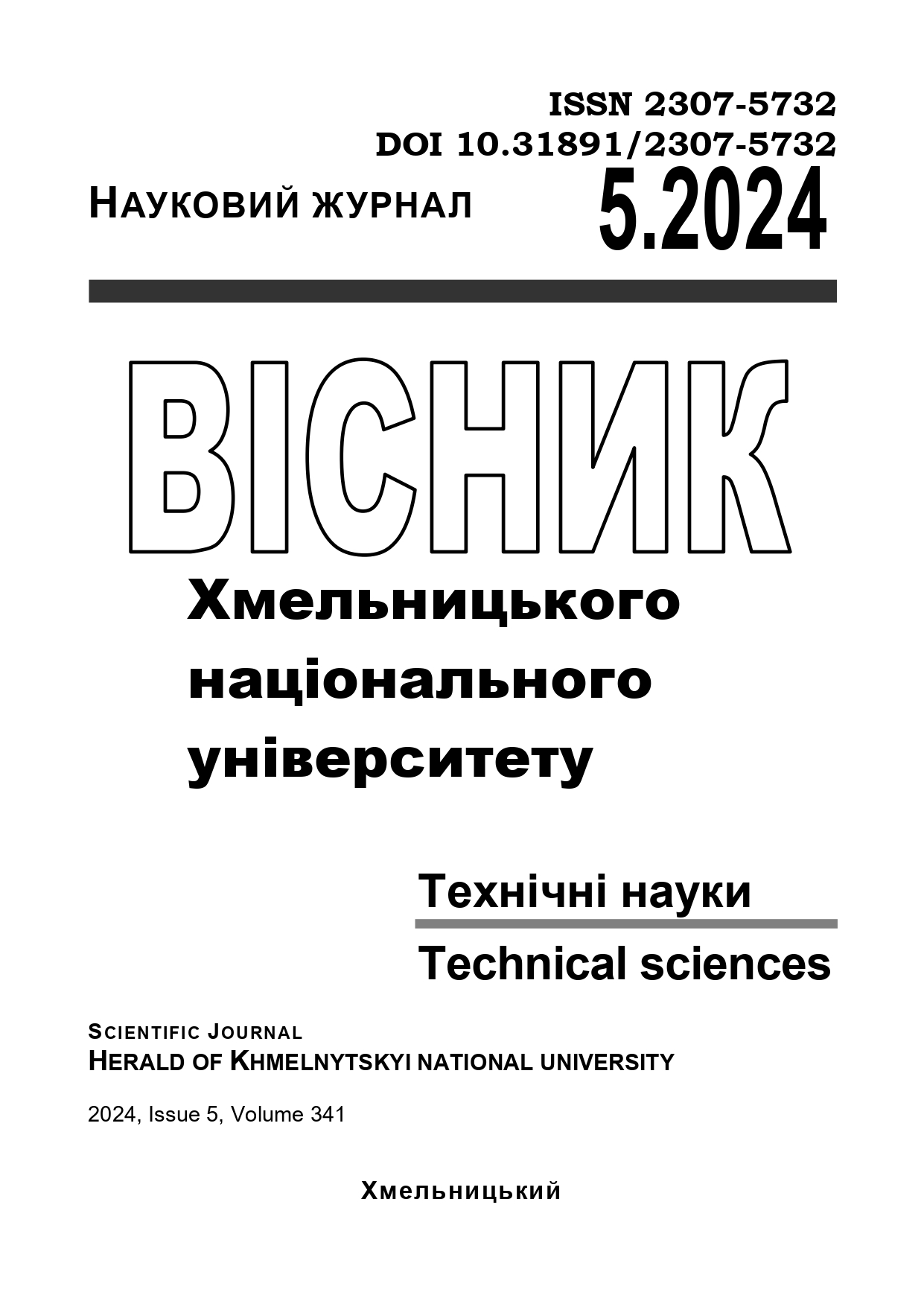USE OF MODELING RESULTS TO IMPROVE THE DESIGN AND SETUP OF PRINTING MACHINE DRIVES IN REAL OPERATING CONDITIONS
DOI:
https://doi.org/10.31891/2307-5732-2024-341-5-4Keywords:
multicolour web presses, drive modelling, design optimisation, real-world conditionsAbstract
This article discusses the intricacies of increasing the productivity of multi-color web presses by using the power of performance modeling. This advanced method plays a key role in optimizing and improving the complex systems that underpin modern printing technology, including the design and configuration of drives. By simulating various scenarios and conditions, engineers can predict system behavior and identify potential weaknesses, ensuring that the final product meets the rigorous demands of printing.
The existing drive system is one of the key components of any technical system that determines its performance, reliability, energy efficiency, and product quality. Improving the design and customization of existing drives is an integral part of the engineering process that helps to increase machine efficiency. One of the modern tools actively used in engineering is computer modeling. In this article, we will look at its role in improving the drives of multi-color web presses and meeting print quality requirements.
This article is devoted to studying the nuances of performance modeling in the context of multicolored web presses. It discusses in detail the importance of accurate color reproduction, consistent image quality, and minimizing environmental impact, which are the primary objectives in today's dynamic printing services market. The article emphasizes the role of computer modeling in achieving these goals and discusses the specific challenges such systems face in their operation.
The main part of the article is devoted to the application of modeling results to improve the performance of existing drives in real-world conditions. The article explains how these models can enhance the design and configuration of drive systems, thereby enhancing the overall efficiency and reliability of the printing process. Key areas of focus include minimizing vibrations, increasing productivity, reducing power consumption, improving print quality, increasing tension control accuracy, and maintaining an optimal microclimate around drive components.
The study is supported by empirical data and mathematical models, which serve to illustrate the tangible benefits of employing resultative modeling. For instance, the relationship between the speed of the drive system and various parameters such as the base speed, power, torque, and the number of colors is presented in equation 1. By systematically adjusting these variables, manufacturers can significantly enhance the performance of their printing machines.
The study's results, presented in tabular form, highlight the impact of modeling on key parameters like vibration reduction, increased productivity, energy savings, improved print quality, and enhanced reliability. The outcomes of the modeling serve as the foundation for practical validation and further refinement, tailored to the unique operating conditions of each drive.
The article concludes by emphasizing the importance of a balance between theoretical modeling and practical testing to ensure the accuracy and applicability of proposed innovations. The integration of this approach can lead to significant progress in the printing industry, contributing to improved product quality, lower operating costs, and a reduced environmental impact.
By providing a comprehensive overview of the modeling process and its impact on printing technology, the article aims to foster a deeper understanding of the interaction between technology and practical engineering solutions in pursuing excellence in the printing industry. The modeling results help to improve print quality and multicolor web press productivity, reduce energy and material costs, and increase drive reliability and durability. Using simulation results is a key tool in improving the design and tuning of multi-color web press drives. It helps to reduce vibration, improve positioning accuracy, increase energy efficiency, minimize ink consumption, improve print quality, extend service life, support innovation, and reduce maintenance costs. These approaches allow companies to provide their customers with more reliable, cost-effective, and environmentally friendly solutions that meet today's market demands.

